Research
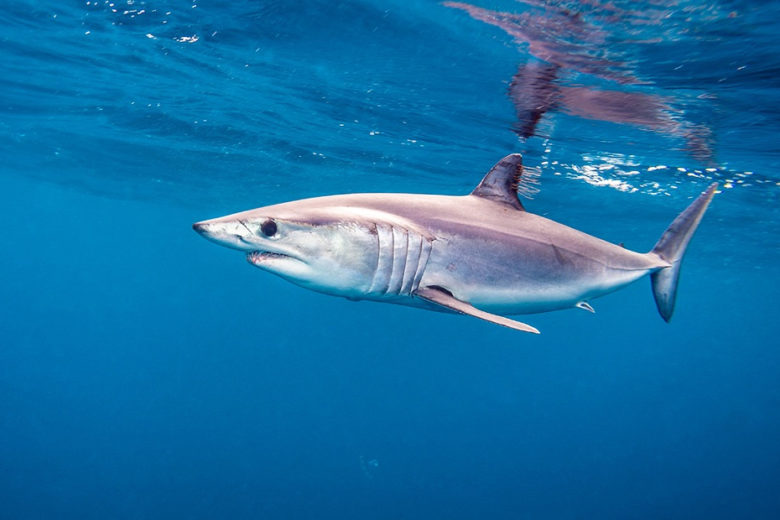
GSMP Database
The GSMP Database holds over 2,000 individual satellite tracks of large pelagic sharks from 23 species spanning over 280,000 track days.
There are also dive data for about a third of these shark tracks. For each daily location along a shark track, 16 environmental variables have been extracted from global databases, extending from the surface to hundreds of metres depth. The Database also holds fishing vessel movements and fishing effort data derived from the Automatic Identification System (AIS) and Vessel Monitoring System (VMS). The Database represents an important international resource for the GSMP Team to analyse and understand shark movements, behaviour and spatial distributions in relation to natural and anthropogenic impacts for conservation and management outcomes.
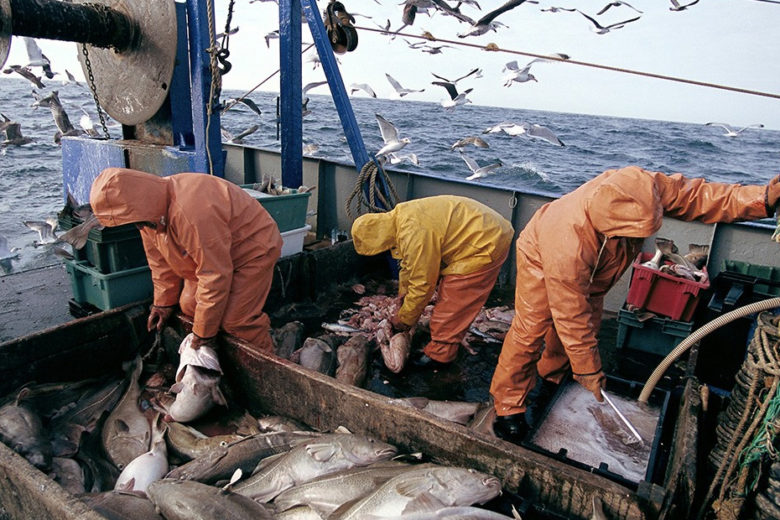
Global overlap of sharks and fisheries
Since fishing fleets expanded into the open ocean over the past 50 years oceanic pelagic sharks have been subjected to levels of exploitation that have led to dramatic declines in abundance of some species.
Knowing the migration routes, space use and changing distributions of sharks is crucial for effective conservation and management. However, shark spatial dynamics are poorly understood, particularly in relation to where fisheries exploitation actually occurs, and despite there being global harvesting there are very few regulations to control shark catches in the High Seas (areas beyond national jurisdiction).
This project maps satellite-tracked pelagic shark and fishing vessel distributions globally to identify space use ‘hotspots’ and quantifies overlap between sharks and fishing effort. This approach provides a fisheries-independent determination of shark spatio-temporal distributions. Modelling is used to explore how changes in ocean environmental variables, such as sea surface temperature (SST), gradients in SST (fronts) and thermocline depths, may drive shark movements and fishing effort distributions. The study estimates exposure risk of large pelagic shark species to longline fisheries globally for informing conservation and management measures. We highlight the huge potential of near-real time satellite surveillance of sharks and fishing vessels for High Seas management.
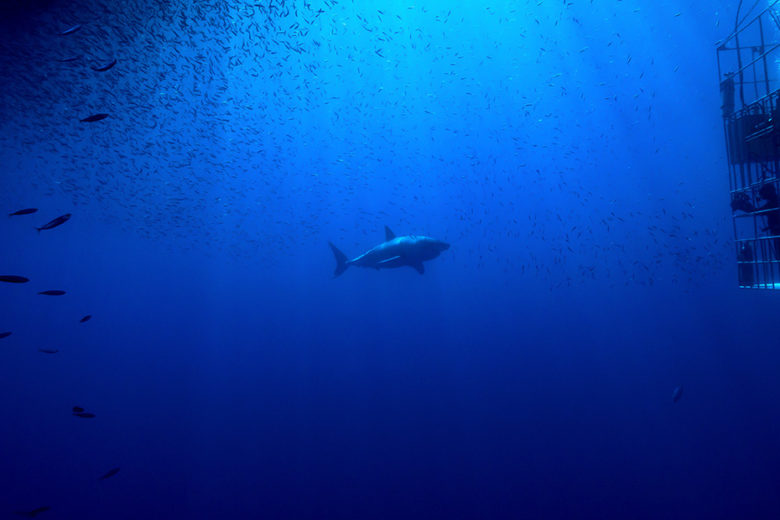
Oceanic deoxygenation impacts on threatened sharks
Dissolved oxygen (DO) has a major role in shaping marine ecosystems by determining the spatio-temporal distributions of all water-breathing marine organisms, from bacteria to fish.
However global climate change has led to declines in DO in the ocean interior (ocean deoxygenation) that are predicted to continue. Therefore the effects on marine biota are likely to be profound, particularly in oxygen minimum zones (OMZ) where long-term DO declines are acute.
OMZs across the world’s oceans are increasing in area and volume as a result of oceanic deoxygenation, with unknown consequences for ecosystems and biodiversity. Potential impacts may be particularly significant for large, fast-swimming oceanic predators with high oxygen demands, such as oceanic pelagic sharks, by reducing available habitats and concentrating them further in surface waters where they are more susceptible to fisheries.
Key questions in this study concern the degree by which shark habitats will contract with expanding OMZs, and how this will interact with fisheries to change their distributions. The project has developed and deployed new tag technologies to understand from direct measurements how oceanic sharks actually respond to hypoxic regions. Using the GSMP Database and new data, modelling studies explore the effects of future deoxygenation and OMZ shoaling on shark niches and determine how these may shift distributions and alter their vulnerability to fishing exploitation.
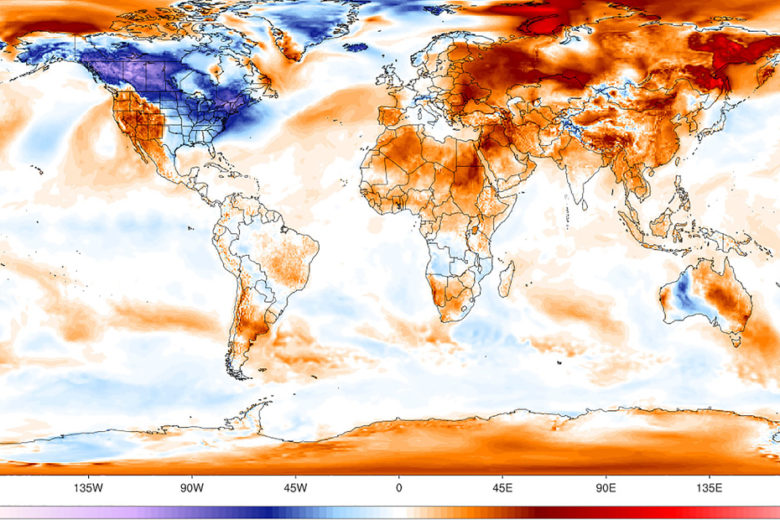
Climate change effects on shark environmental niches
Shifts in the distributions and abundance of marine organisms are occurring globally as a major consequence of climate change.
Marine fish are no exception, with significant changes documented across taxa. However, the effects of ocean warming on the niches of oceanic pelagic sharks are poorly understood by comparison. For example, in the North Atlantic Ocean, there are currently no predictions available about how pelagic sharks may respond to future ocean environmental change. Additionally, overfishing of many pelagic shark species is already occurring with significant reductions in catch rates documented for many species.
This study addresses an urgent need to understand how ocean climate changes may alter distributions and centres of abundance, which may interact with fisheries to further impact future sustainability of populations. The GSMP database of the movements of satellite-tracked pelagic sharks with 3-D environmental variables extracted per location are used to model present day distributions and environmental niches. By applying outputs from Earth System Models predicting future conditions, we explore how shark distributions may shift over the next century.
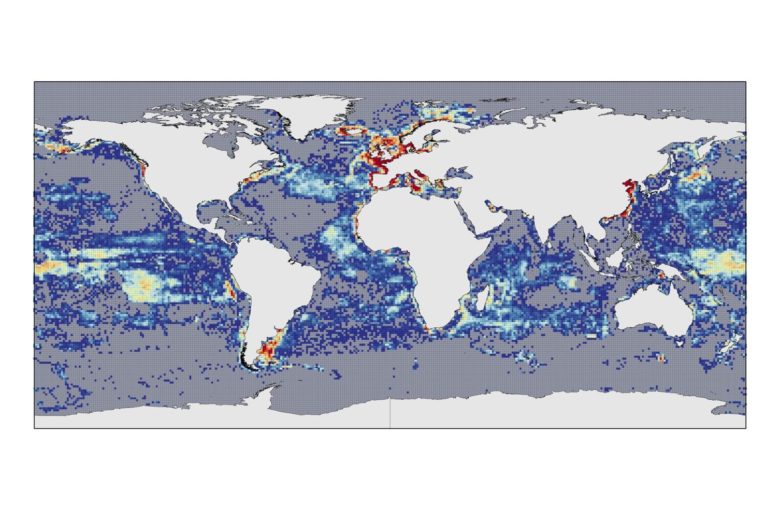
Global pelagic shark use of marine protected areas
How spatially protected might pelagic sharks be given the 14,000+ marine protected areas (MPAs) that exist in coastal, shelf and oceanic regions?
This study quantifies the spatial and temporal scales of space use of pelagic sharks in marine protected areas listed by the IUCN World MPA Database and models the levels of spatial protection for sharks if MPAs on the High Seas are increased in area. The outputs allow estimates of the degree of protection for sharks in MPAs with different designations (controls on fishing).
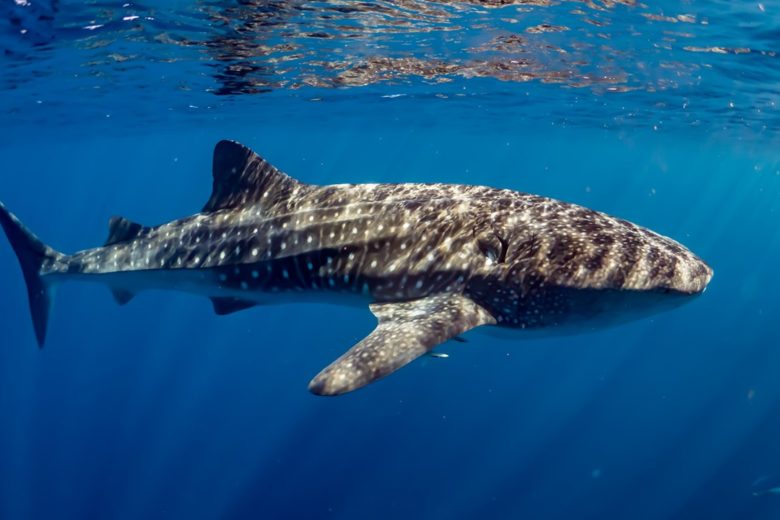
Risks of whale shark interactions with global shipping routes
The World’s largest fish, the whale shark, is relatively slow moving and spends significant periods of time near the ocean surface where it is potentially at risk from ship strike. However, the levels of risk posed by increasing global shipping has not been determined across ocean regions.
This GSMP study determines the horizontal and vertical movements of whale sharks and their interactions with global AIS shipping movements in space and time. This presents a unique opportunity to quantify overlap and exposure risks of whale sharks to shipping and potential collisions across ocean regions.
GSMP collaborating scientists have tracked over 330 individual whale sharks globally to enable this study.





